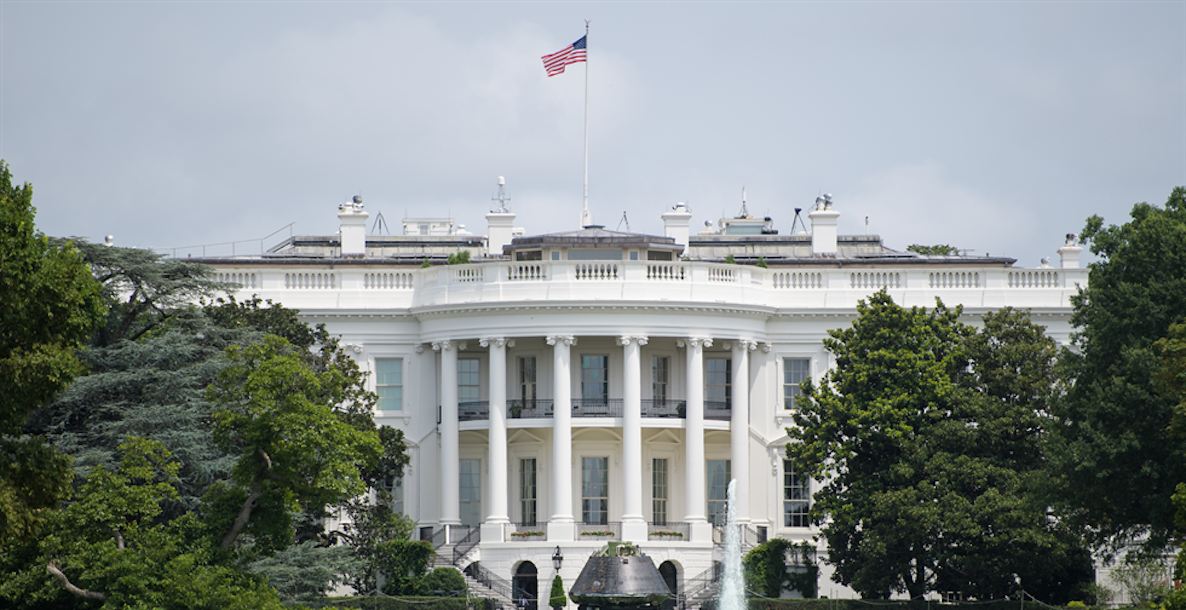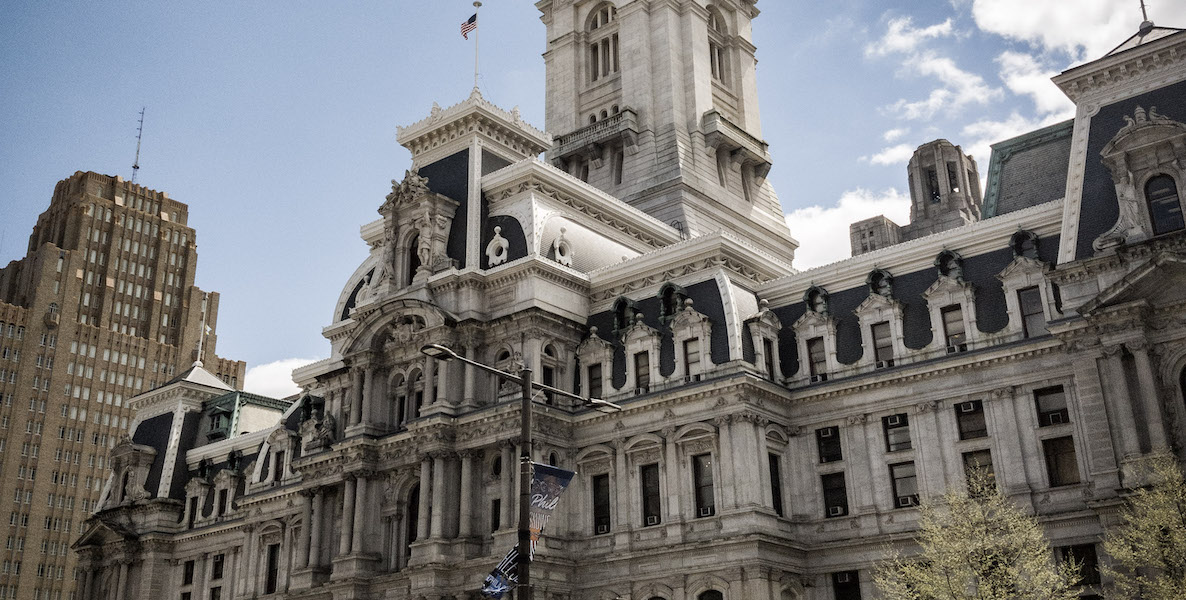As many of you know from my work with Jeremy Nowak on The New Localism as well as previous articles, I regard this period as an era of profound shift in power and responsibility. We are moving from a system of 20th century problem solving that was top down, led by national governments and specialized, vertically organized agencies, to a 21st century modus operandi that is bottom up and designed and delivered by horizontal networks of institutions and leaders across multiple sectors and disciplines.
This structural shift is difficult to discern at times. It is obscured by the national media’s over-emphasis on national governments, even though national governments are riven by partisan gridlock and barely function. It is hidden by the gradual nature of change that naturally characterizes multitudes of cities and aligned institutions adopting similar strategies rather than the enactment of one singular national piece of legislation. And it is mired in complexity; the transition to cities is happening in a manner that places local innovations in a global space, so that perspectives, learnings, institutional models, strategies and tools can be shared and adapted across cities in a diverse array of countries and societies. This upends the simple, parochial way in which urban innovation has often been perceived and communicated.
Here are five transitions I am observing in collaboration with a group of exceptional partners in the United States and beyond:
From community development to community wealth
Ross Baird and I are co-writing a paper with several colleagues on the shifting paradigm and practice of neighborhood revitalization. For the past half-century, U.S. policymakers, philanthropists, and civic leaders built a distinct community development industry, largely focused on expanding and preserving the supply of rental housing for very low-income residents as a means to regenerate neighborhoods. This system has no doubt delivered substantial impact, and it is beyond frightening to imagine what many communities would look like without it.
This structural shift is difficult to discern at times. It is obscured by the national media’s over-emphasis on national governments, even though national governments are riven by partisan gridlock and barely function.
Yet any examination of income, wealth and health dynamics will show the persistence of enormous disparities. For that reasons, we are slowly seeing the emergence of a different philosophy around revitalizing low-income neighborhoods, one that focuses less on delivering rental housing to one that generates wealth and well-being for residents living in disadvantaged communities. This requires a fundamental shift in emphasis from a system that is housing-centric; low-income concentrated; subsidy-dependent; and grant-driven to a new system that is neighborhood-centric; mixed-income; dependent on a coordinated capital stack of market-driven equity, debt, public support and smart philanthropy; and entrepreneur-driven. It also requires a synergistic effort to upgrade the skills of local residents, grow incomes, increase local employment, build ownership and assets, and lower the high cost of being poor by crowding out parasitic companies that extract rather than generate wealth.
From exporting capital to investing locally
A system of Community Wealth Building requires us to rewire the flow of capital. For the past 40 years, we have perfected a system that moved the local capital of high net worth families, prosperous corporations, well-endowed universities and philanthropies and pension funds out of the very communities where the wealth had been generated and work was situated. As I wrote recently in The Financial Times, this export of wealth was not an inexorable and unchangeable market act; rather, “it has been led and facilitated by a sophisticated network of wealth management companies, private equity firms, family offices and financial institutions that have narrow definitions of where to invest and what to invest in.”
![]()
The ironic effect of the recent Opportunity Zones legislation has been to make transparent the export of wealth and reintroduce the holders of capital to the assets of their own communities: globally significant research institutions, advanced industry companies, grand historic downtowns and distinctive ecosystems of entrepreneurs. My prediction: there will be growing pressure by local holders of capital on the wealth-export industry to localize the geography of investable projects. At the same time, new managers of wealth will emerge that specialize in finding the heretofore hidden investment possibilities of overlooked communities.
From thin to thick entrepreneurial ecosystems
A system of Community Wealth Building also compels us to dissect the current system for nurturing, growing and capitalizing minority-owned businesses, a path towards wealth building that has long been neglected in favor of homeownership. Most cities have thick and textured ecosystems for supporting (mostly white-led) tech start-ups and scale ups—universities, incubators, accelerators, angel and seed funds, mentor groups, etc. The ecosystem for growing black- or Latino-owned businesses? Mostly government-focused programs for minority and women-owned businesses, and small business debt vehicles. There is a stark contrast between the robustness of the broader innovation ecosystem in many cities (well-capitalized, highly networked, a blend of public/private/civic, etc.) with the meager system accessible to minority entrepreneurs (barely capitalized, overly government and non-profit led, etc.).
We often say in the United States, “You get what you pay for.” I have an addendum: “You are only as good as your ecosystem.”
From nationalized housing to local innovation
Our explorations into Community Wealth Building have uncovered another societal oddity. Since the 1930s, the United States has tended to nationalize housing policy while it has, for the most part, continued to localize education policy. Since innovations in policy and finance tend to occur at the level of society that owns a problem, it’s not surprising that the United States has been characterized by ample innovation around schools and education and, until recently, relatively little innovation in local housing policies. Other mature economies tend to do the opposite, localizing housing policy (to reflect variance in housing markets) and nationalizing education policy (to establish national uniformity around access to quality education).
We are slowly seeing the emergence of a different philosophy around revitalizing low-income neighborhoods, one that focuses less on delivering rental housing to one that generates wealth and well-being for residents living in disadvantaged communities.
Here is another prediction: As U.S. cities struggle with housing affordability, they will look more and more to cities in other countries that have used local ownership of the housing issue to design and deliver more integrated and aggressive solutions. As Luise Noring has captured in Financing the Inclusive City, the Danish approach to affordable housing constitutes a distinctive blend of large nonprofit ownership and management, aggressive inclusionary zoning and a system for financing that is self-generated from rental payments rather than dependent on government appropriations. This system cannot be replicated in the US brick by brick, but elements can be adapted, and therein lies a new wave of solutions.
From government led devolution to market enabled evolution
A city-led era obviously needs powerful cities. Traditionally, we have conceived of urban power as devolving from higher levels of government, since we often conflated “cities” and “city governments.” Since cities are networks, however, our traditional views of devolution—which made city power dependent on the decisions of others—have been upended. Given the role that cities play as the engines of national economies and centers of global trade and investment, we should be spending an equal amount of time focused on the evolution of urban institutions and intermediaries that enable multiple cities to add up and assert their collective market and political power. Here again, there are models elsewhere on how to proceed, starting with Kommuninvest in Sweden which empowers cities to design financial instruments tailored to their needs. Collective efforts like these solve for the capacity problems of small communities while leveling the playing field with the private sector.
![]()
These five transitions are individually distinct but raise common themes and challenges. They compel us to think more clearly than ever before about the structure and governance of institutions. Those of you who have read Robert Caro’s The Power Broker will remember his sharp dissertation on the rise of public authorities, entities which enabled the building of the modern 20th century city. As I have written before, we are now seeing the rise of new hybrid institutions, public/private asset corporations, private/civic development corporations and private/public innovation intermediaries. We need to speed up the pace of institutional innovation to meet old challenges (e.g., skills building, minority entrepreneurship) with new models.
These transitions also force us to understand with greater precision the nature of policy, product and process replication and adaptation, so that innovations that emerge in one city or one society can be spread more quickly. Some place-making innovations (e.g., bike lanes) travel fairly easily from place to place. Other more institutional-oriented innovations, however, require a keen recognition of disparate market realities, governance structures and cultural norms and the ability to be flexible and imaginative in adaptation.
This is a fascinating period to be working on cities and the future of our countries.
Bruce Katz is the director of the new Nowak Metro Finance Lab at Drexel University, created to help cities design new institutions and mechanisms that harness public, private and civic capital for transformative investment.
Photo via the City of Philadelphia







